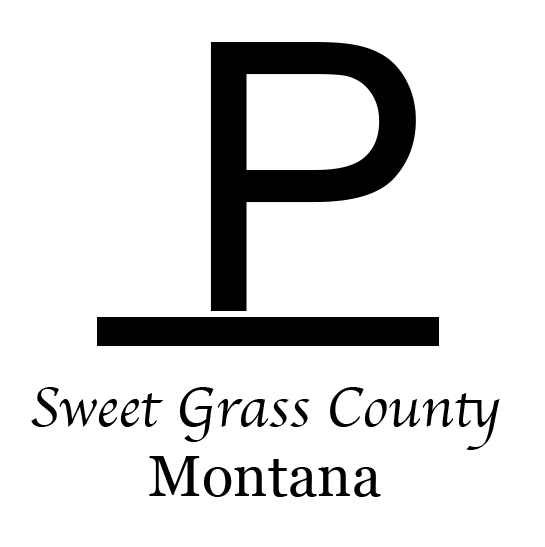
Sustainable Ranching
At P Bar Ranch, we think of the cattle as a tool to meet our goal of sustainability, not as the primary driver behind what we do. Our primary ranching objective is to improve the health of the ecosystem and ensure rich biodiversity for years to come. The cattle substitute for the bison that for thousands of years shaped and sustained the prairie grasslands of America. Utilizing our ruminants in the right way; coupled with other tools like water, rest, and technology; is the focus of sustainable ranching. Regenerative grazing is the practice of building soil by managing livestock on perennial grasses and other forages in a way that promotes healthy soil, livestock, and biodiversity.
Many ranchers follow "traditional practices" rather than listening to the land, forcing the land to adjust to their needs rather than the other way around. Decades of mismanagement have damaged the land.
“If you want to have healthy, thriving land, you have to be a keen observer of the world around you and aware of how well the water and mineral cycles, energy flow and biological community are functioning. Knowing this will help you monitor the results of the decisions you make that affect the land.” Holistic Management International
Using observation and adaptation to manage the system is critical. Key practices include:
- Intensive grazing with frequent rotations and extended rest periods
- No till farming to keep the soil community intact and stop the release of carbon
- Maintaining ground cover and minimizing bare soil
Animals have more impact on our pastures than we think. Think about all their habits they engage in just to exist; things like urinating, dunging, trampling, and salivating. While those habits may seem minimal considering the vast expanse of prairies and grasslands, their effects are cumulative and affect the soil and therefore the surrounding ecosystem of a ranch. Regenerative grazing minimizes the negative affects instead creating healthier pastures for generations of ranchers and animals to come.
Regenerative AMP (adaptive, multi-paddock) grazing can:
- Build soil microbe function
- Enhance water absorption and moisture retention
- Increase forage nutrient density
- Improve livestock production and economic returns
- Enhance wildlife and biodiversity
- Sequester carbon from the atmosphere
Grazing vs. Overgrazing
Grazing and overgrazing are often confused, but maintain two very different meanings. Think of it in terms of a cow eating a patch of grass: the cow takes a bite of the grass all the way down to the stem. This is severe grazing, but not overgrazing, as most farm animals have evolved to work in a symbiotic relationship with grasslands; eating what’s necessary for regenerative growth without taking too much.
The plant eaten by the cow actually benefits from its bite: by eating down to the stem, the plant is less hindered for new growth by an old leaf stem. There is no old growth that deters from new growth – and regeneration – to occur. So, grazing is actually long term beneficial for plants, as it represents an important part of the regrowth cycle, and getting rid of old grass material promotes new health.
But, if said plant is eaten again – down to the stem or the crown of the root, per se – it becomes much harder for the plant to regenerate, especially if the plant is already in the process of attempting to do so. This happens when a plant is exposed to animals for multiple days and they continue to graze, when they are moved away from the plant but returned too soon, or immediately after the plant has been dormant.
With proper practices to maintain healthy grasslands, regenerative grazing can help prevent overgrazing; keeping nourishing pastures for animals to come while enhancing the functions of our interdependent ecosystem.




